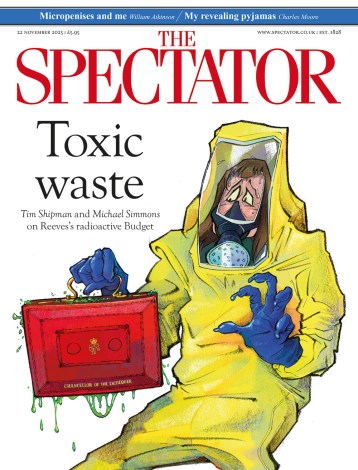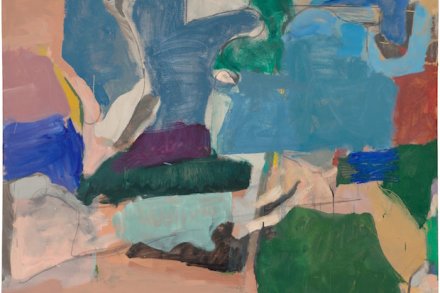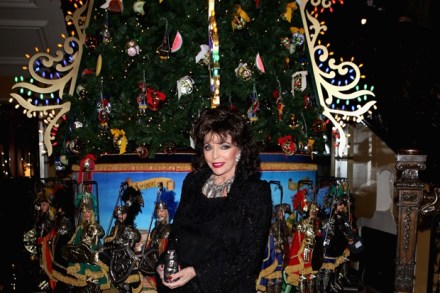Life in the LA ghetto was nasty, brutish and short — until one brave detective took on the gangs
Los Angeles ghetto life — thrashed, twisted and black — is not a world that most Americans care to visit. Black Angelinos can be — and for a period in the 1980s and early 1990s, were — murdered for a trifle. The slightest act of ‘disrespect’ may call for a tit-for-tat killing, where an entire family is rubbed out to avenge a perceived affront. Such disregard for human life is unknown in the white neighbourhoods of LA. Is there a specifically black predisposition to gun crime? Or is that too narrow an assumption? The violence endemic to Watts, Compton and other black LA suburbs is reckoned (by some) to be








